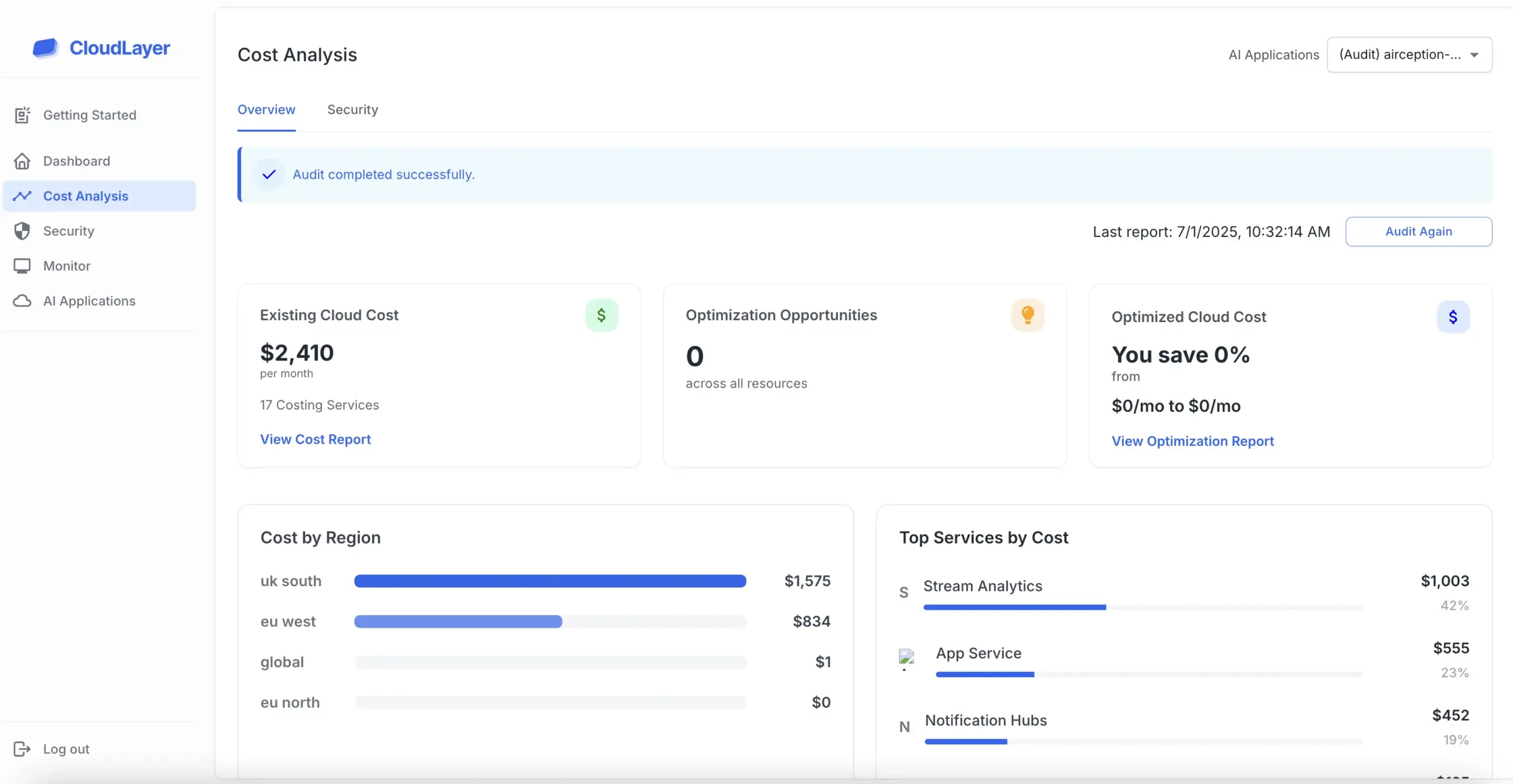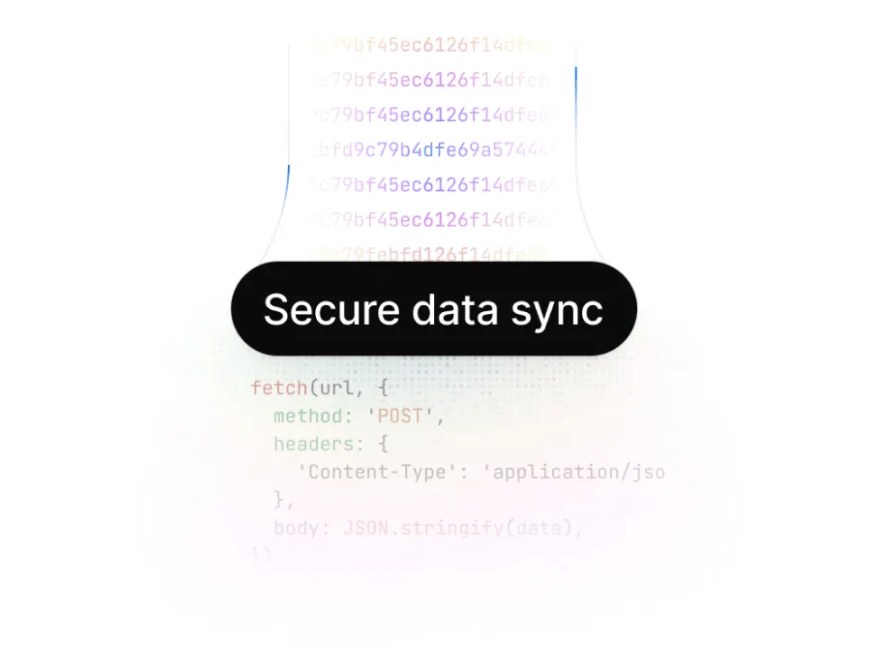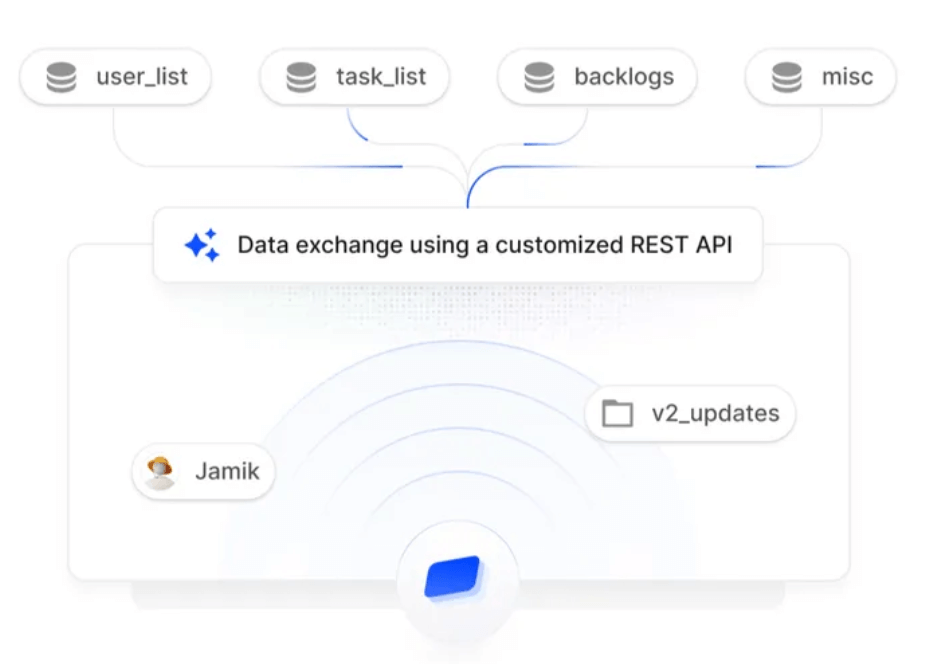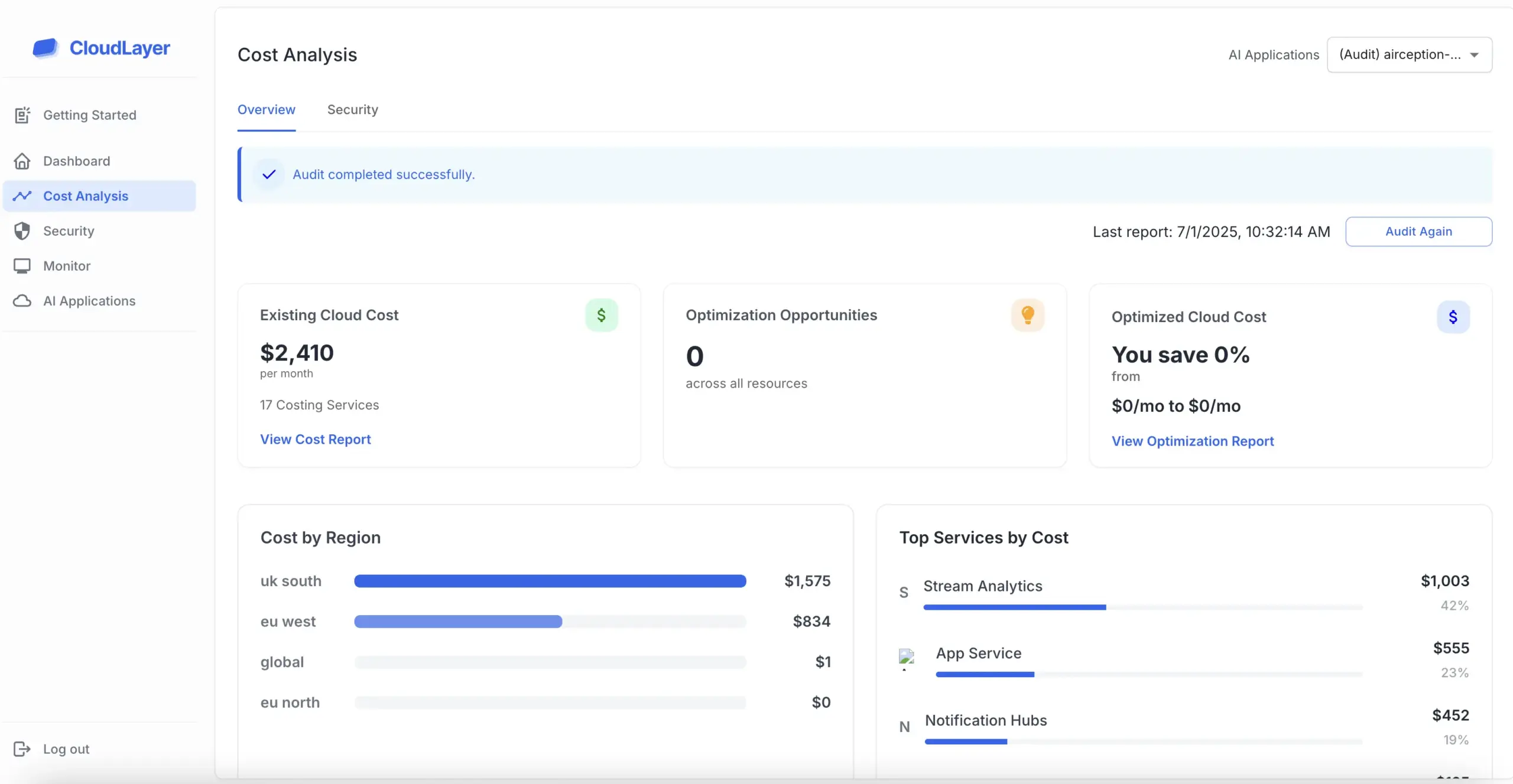

DynamoDB pricing is primarily based on several key components: provisioned throughput, data storage, and additional features. Understanding each of these components is essential for estimating the costs associated with using DynamoDB.

Provisioned throughput is one of the main factors affecting DynamoDB pricing, as it determines the number of read and write operations your application can perform. You can choose between on-demand capacity mode and provisioned capacity mode, with costs varying accordingly.

Data storage costs in DynamoDB are based on the amount of data stored in the database, measured in gigabytes. It’s important to regularly assess your data storage needs to avoid unnecessary expenses and ensure your application runs efficiently.

DynamoDB also offers several additional features, such as backups, global tables, and streams, each with its pricing implications. Utilizing these features can enhance your application’s capabilities but can also increase your overall costs.

